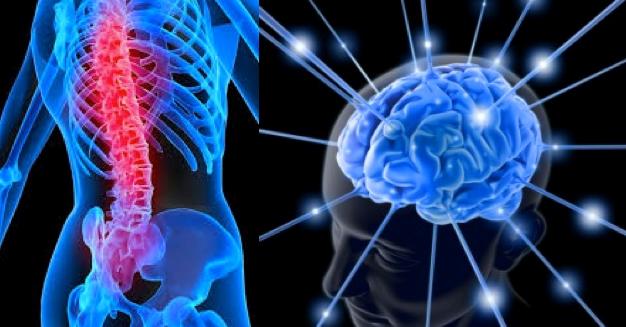Using the brain to understand pain
When it comes to understanding pain, the lack of an objective measure is often seen as a barrier. Because each individual experiences pain differently, using the brain to further understand pain can be a difficult method.
The identification of a neural signature has meant significant progress towards being able to see pain in the brain.
A recent US study used a particular type of stimulation - placing hot thermodes on the skin of the forearm - to produce pain in healthy pain-free participants.
The results of the study showed that patterns of brain activity predicted pain with over 90% accuracy in the group of people scanned.
Where pain cannot effectively be ´seen´, the brain interprets sensory information from the body according to the present context; incoming messages are evaluated with past experiences, memories, thoughts, and even how the painful body part is perceived.
Although the study successfully identified a neural signature that provides neuroscientists with an opportunity to investigate how the brain receives and interprets complex measures, the results cannot be generalized.
People who suffer from chronic pain could easily be accused of feigning pain simply because it is not readable on an X-ray, where the lead authors of the study warned that the neurological signature should not be used as a lie detector for pain. Similarly, researchers are unsure as to whether an individual who has experienced ongoing chronic pain would show a neural signature in a pathology test.
The results of the study have also inspired questions about whether pain can exist with damage and damage without pain. Where pain is defined as an experience, it is usually triggered by messages that are sent from the tissues of the body when those tissues are presented with something potentially dangerous.
Although results cannot be generalized, the discovery of a neural signature and a high accuracy in pain prediction has meant that the idea of explaining pain has begun to dominate pain management programs and outpatients departments all over the world.
Source:
http://theconversation.com/pain-really-is-in-the-mind-but-not-in-the-way-you-think-1151
http://www.nejm.org/doi/full/10.1056/NEJMoa1204471#t=article



